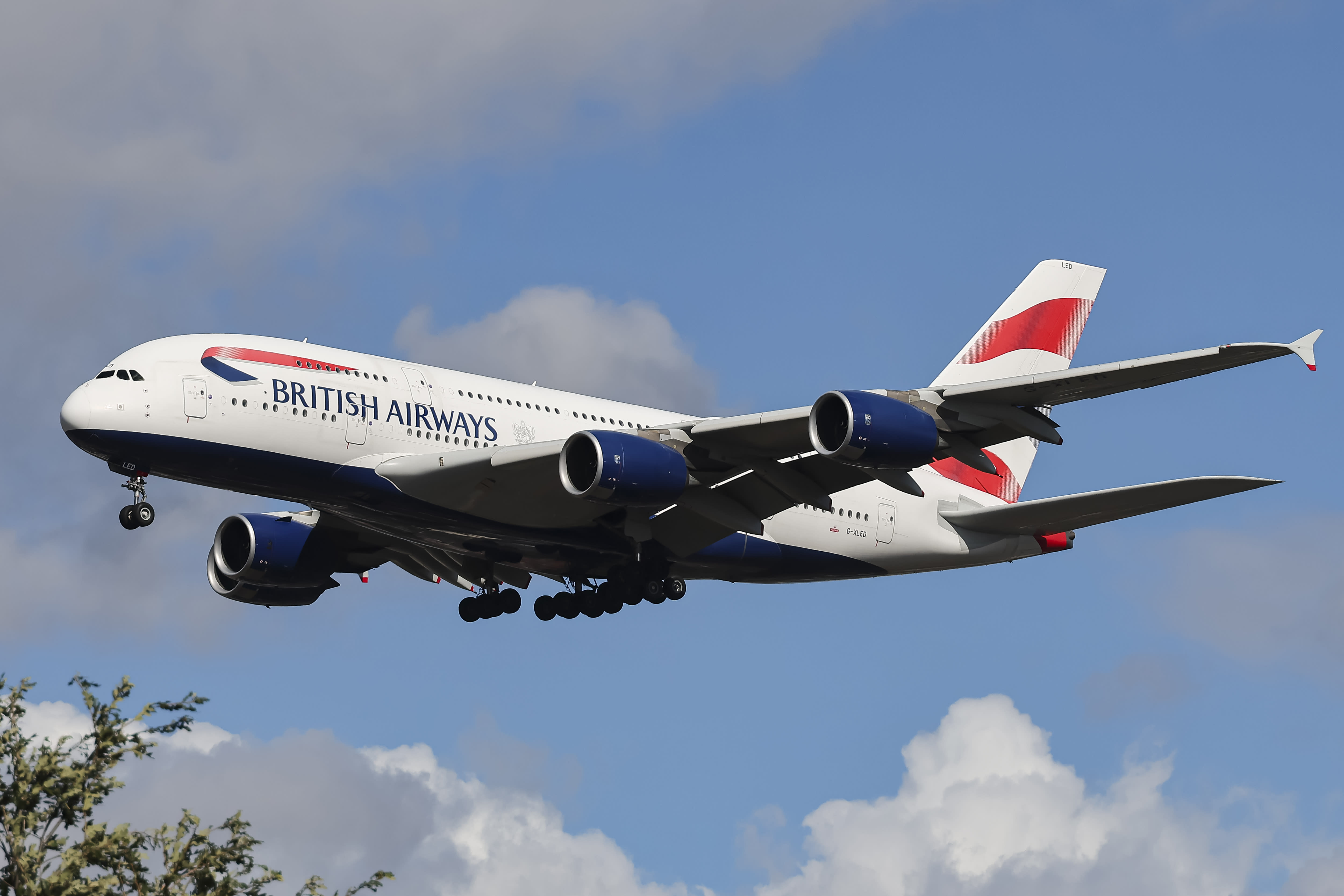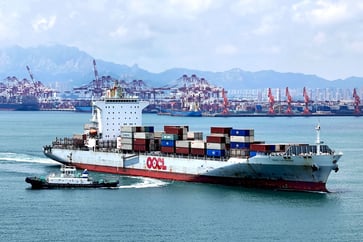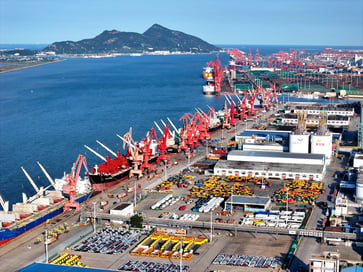Amid low travel demand and high costs, major airlines are reducing or withdrawing their services to China entirely.

- Airlines have scaled back or stopped their operations due to weak demand both in and out of China.
- The closure of Russian airspace has resulted in longer flights, which have increased operational costs, prompting companies to cut back on operations.
Some major global airlines are cutting back on services and withdrawing from China entirely due to the increased operational costs and low demand resulting from longer routes to Asia following the closure of Russian airspace.
Virgin Atlantic and Scandinavian Airlines have completely withdrawn from China, as their websites indicate. Virgin Atlantic ended its 30-year presence in the Asian financial hub by ceasing all flights to Hong Kong and closing an office there in 2022.
In the past four months, seven major airlines have withdrawn from the country, according to a report from Skift, a travel news site.
According to John Grant, the chief analyst at OAG, the situation will worsen before it improves.
Grant stated that British Airlines has gradually reduced the size of jets it operates in China. Initially, Boeing 747 jumbo jets were used on these routes, but they were later replaced by B777s and eventually smaller B787s. This allows the airline to scale back capacity while still maintaining a presence on its route map, according to Skift.
Rising costs
In response to Russia's invasion of Ukraine, Western nations, including the EU and the United Kingdom, imposed a flight ban on Russian aircraft. Russia retaliated by closing its airspace, forcing many European carriers to take longer routes to reach Asia.
Chinese airlines can fly the same routes into Europe faster and cheaper than their European counterparts because they are not subject to Russian airspace prohibitions, which means they require less fuel for longer flights.
"Flight crews have been operating with four-man crews due to extended hours, which could have been reduced with a two- or three-man crew, resulting in an expense," said Grant.
European carriers have discovered more effective employments for aircraft previously used in China, according to Grant.
The load factors on the Beijing route were 55%, while on the Cape Town services they were 90%, he said.
Lower demand
Despite major carriers withdrawing from China, some are increasing their capacity in other parts of Asia, indicating that the Russia airspace issue is not a decisive factor.
Another major issue, according to Grant, is the demand for travel in and out of China. Outbound travel is hindered by the country's economic problems, while inbound arrivals are being dampened by lackluster international interest in visiting China.
In 2019, China received 49.1 million tourists, while as of July 2021, around 17.25 million foreigners had arrived in China, according to the Chinese government.
Qantas cited "low demand" as the reason for canceling Sydney to Shanghai services in May. Despite this, the airline still operates flights from Sydney, Melbourne, Brisbane, and Perth to Hong Kong.
Grant stated that while U.S. airlines have not been affected as severely by the Russian airspace issue as other airlines, they are still withdrawing from the area.
""It's a no-brainer, quite frankly, and a reflection of the market, as U.S. carriers are making hard but commercial decisions to drop Chinese services and redeploy the aircraft elsewhere," he said."
""The U.S. carriers are not interested in expanding their operations beyond their current level, as if they are holding onto their frequencies to maintain a presence in the market and prevent being shut out by China's refusal to provide additional slots, which has happened before," he stated."
Chinese aviation officials did not respond to CNBC's request for comment.
China airlines' struggle
Low demand has also plagued domestic airlines in China.
Grant stated that China airlines will recover, but only in the long run. Despite losing US$4.8 billion in 2022 and US$420 million last year, when all major international legacy airlines were profitable, they still have a long way to go.
Chinese carriers will operate 82% of all flights between China and Europe this winter, up from 56% before the pandemic, according to Grant. Despite the market and trade flows being stronger then, Chinese airlines have increased capacity to Europe compared to pre-pandemic.
He stated that Chinese carriers are in dire need of cash and are striving to appear as if they have returned to normalcy.
And, more flights are on the way, said Grant.
"Grant stated that there will be 18 new routes between China and Europe this winter, all operated by Chinese airlines. However, he added, "It's madness — there is no real demand.""
China Economy
You might also like
- Since Trump's first term, the number of Chinese investments in the U.S. has significantly decreased and it is unlikely to increase.
- Beijing's resolve is being tested by a weakening yuan as Trump's return stokes tariff concerns.
- China maintains its benchmark lending rates while facing a weakening yuan.
- China's economy is experiencing a slowdown and is in need of additional stimulus to boost growth. Here's how the country plans to revitalize its economy.
- The electric car market in China is predicted to decline in 2025.



















